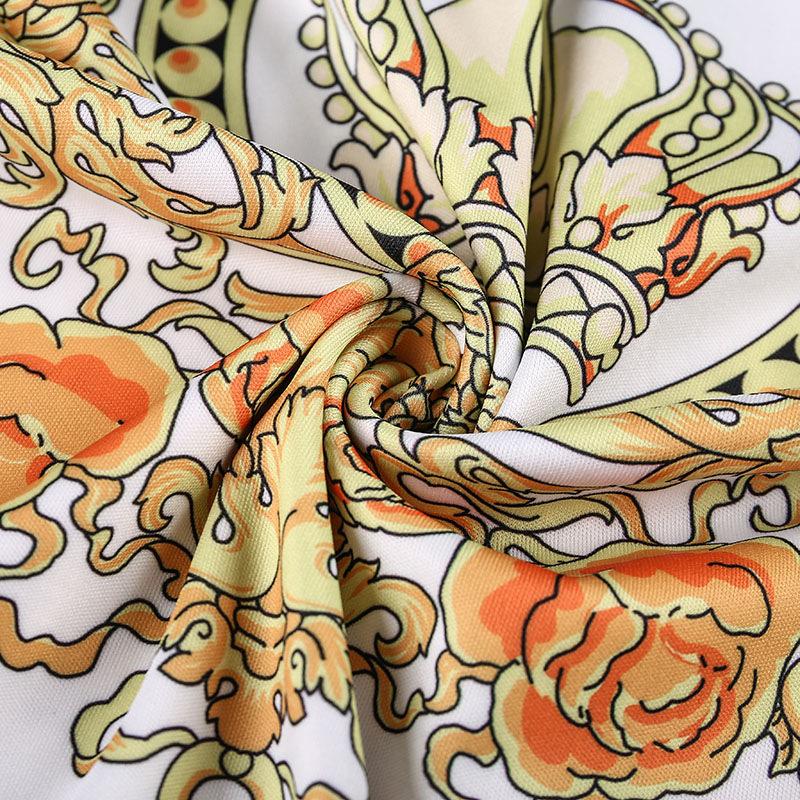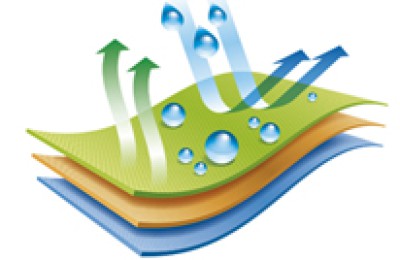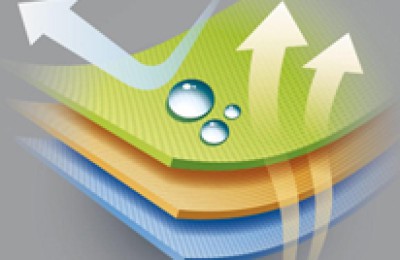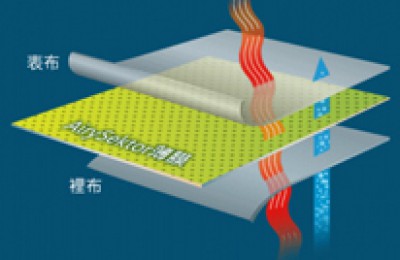No matter from which aspect, direct printing of pure cotton T-shirts will be much better with digital direct printing. However, if you want to use digital direct printing of pure cotton to achieve good results, the ink requirements are very high, so a processing factory can look at samples. Companies that offer all-in-one solutions are the best choice.
Direct-injection printing can also be used for direct-injection printing on pure cotton, so it is better to choose digital direct-injection for T-shirt printing!
Compared with the traditional thermal transfer printing, screen printing, and pad printing, the digital direct injection process does not require plate making and can be printed in one piece. The printing pattern is high-definition and bright, and the color reproduction is high. The digital direct-injection printer has the advantages of no pollution, low energy consumption, and easy operation. Compared with those traditional processes, the digital direct injection process prints light-colored fabrics, and the color reproduction degree can reach more than 95%, and the fineness of the pattern is unmatched by traditional processes. If you are printing dark fabrics, the digital direct injection process does not need to separate the white ink at the bottom and the color ink for printing the pattern into two separate steps like other processes. The digital direct injection process can print white ink and color ink simultaneously. This printing mode greatly improves printing efficiency and avoids the problem of inaccurate alignment between color ink and white ink. Although the digital direct injection process will also have certain gelatinous texture problems when printing dark fabrics, compared with other processes, the gelatinous texture is far less thick.

Thermal transfer technology
Thermal transfer printing! Why use thermal transfer technology? Thermal transfer printing is a new method of printing patterns on products made of various materials. It is particularly suitable for producing small quantities of various personalized and customized products, as well as printing patterns containing full-color images or photos. The principle is to use a printer to print a digital pattern on special heat transfer paper with special heat transfer ink, and then use special heat transfer equipment to accurately transfer the pattern to the product using high temperature and high pressure. Surface to complete product printing.
Thermal transfer printing is an emerging printing process that has been introduced from abroad for more than 10 years. The printing method of this process is divided into two parts: transfer film printing and transfer processing. Transfer film printing uses dot printing to pre-print the pattern on the surface of the film. The printed pattern has rich layers, bright colors, ever-changing colors, small color difference, and high reproducibility. Good, can achieve the effect required by the designer, and is suitable for mass production; the transfer process uses a thermal transfer machine to transfer the exquisite pattern on the transfer film to the surface of the product in one step (heating and pressure), and the ink layer is formed after forming It is integrated with the surface of the product, lifelike and beautiful, and greatly improves the quality of the product. However, due to the high technical content of this process, many materials need to be imported.

Digital printing
But what is slightly better than thermal transfer printing is digital printing.

Digital printing (picture)
Directly print the pattern in the computer on the fabric to achieve a WYSIWYG printing effect. Since there is no intermediate carrier such as transfer paper, the printed part is breathable, comfortable to wear, and the color will not fade after repeated washing.





